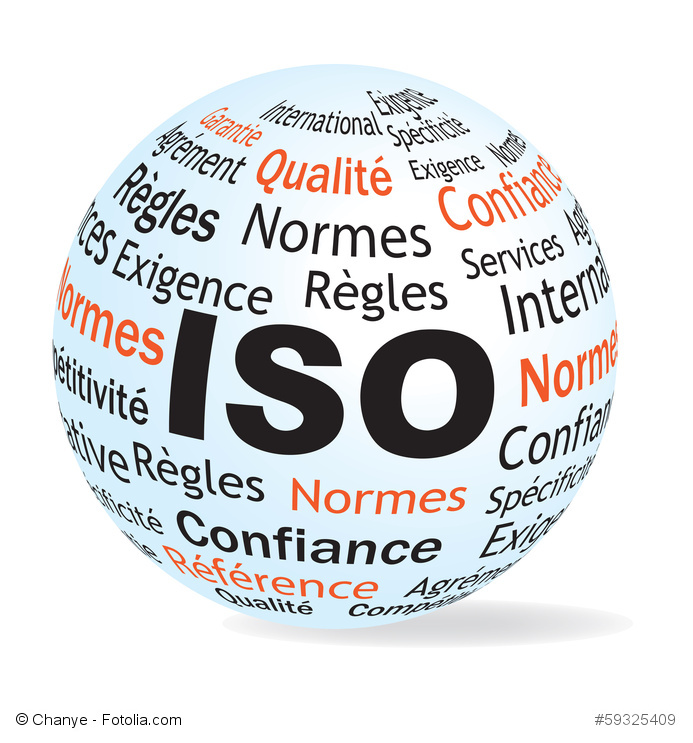The new PDF standards 2020
In 2017, the PDF 2.0 standard was published, which has now been introduced in 2020 with some corrections in a new, second revision. This is ISO 32000-2:2020 as a supplement to PDF 2.0. What do you need to know about the new PDF standards and what impact does the revision have on the standard parts?
The new four standard parts of the second edition of PDF 2.0:
1. PDF/A-4
2. PDF/VT-3
3. PDF/X -6
4. PDF/R-1
How does the latest revision affect the individual parts of the standard?
PDF/A-4: ISO 19005-4:2020
PDF/A as a format for long-term archiving (A stands for archiving) is now available in a new specification with the revision. On the one hand, PDF/A-4 facilitates conversion to make archiving even more convenient. On the other hand, an archiving path for PDF files without loss of PDF functions such as page-based output intents has been added. The handling of digital signatures and the support of form fields with JavaScript have also been simplified.
In addition to the simplification, PDF/A-4 abolishes the conformance levels a/b/u and with PDF/A-4f and PDF/A-4e, the current revision introduces two new levels, which firstly allow file attachments that are themselves not PDF/A compliant and secondly support the engineering area. Among other things, RichMedia annotations for 3D content in U3D or PRC formats can now be added to the basic PDF/A-4 format.
More about the file format PDF/A and the respective sub-formats:
https://en.wikipedia.org/wiki/PDF/A
PDF/X -6: ISO 15930-9:2020
In addition to the format for long-term archiving, PDF/X has now also been adapted for professional printing. The PDF/X format was originally the first of the ISO standards for PDF and was developed primarily for the printing industry. X stands here for eXchange.
The new standard PDF/X-6 and PDF/A-4 are largely identical. However, PDF/X contains stricter specifications for colour handling, which is important for printing. Furthermore, the new version of PDF/X-6 offers functions such as page-based output intents, black point compensation and spectral measurement data for spot colours (CxF). This is about better reproduction of spot colours. This always makes sense when it comes to logos or consistent output on different channels, such as digital printing or printing on different media. With the revision of PDF 2.0, PDF/X-6 files can now also contain annotations, digital signatures or form fields.
More about the PDF/X file format:
https://en.wikipedia.org/wiki/PDF/X
PDF/VT-3: ISO 16612-3:2020
The PDF/VT-3 standard builds on the PDF/X-6 printing standard. This means that it is also about optimising printing and transactional printing. (VDP=Variable Document Printing). PDF/VT-3 is considered an alternative to the formats PCL, PPML or AFP. With the revision, the useful use of page-based metadata (DPart) is now also possible.
PDF/VT as an international standard was already introduced by ISO in 2010:
https://en.wikipedia.org/wiki/PDF/VT
PDF/R-1: ISO 23504-1:2020
In addition to the standards that are designed for long-term archiving and printing, there is also a standard, PDF/R, that is specially optimised for scans. With the new revision, this standard is a new ISO standard (R stands for raster).
This standard was developed by the PDF Association in cooperation with the TWAIN Working Group. It is about the ideal storage and data exchange of multi-page raster image documents, i.e. scanned documents and photos.
Read more:
PDF/A-1, PDF/A-2 und PDF/A-3 sowie PDF/UA
PDF/X:
https://www.webpdf.de/blog/en/the-printing-process-pdfx-as-the-standard
https://www.webpdf.de/blog/en/page-geometry-in-pdf-documents/
PDF/E (for technical documents):
https://www.webpdf.de/blog/en/the-iso-24517-standard-for-engineering-and-technical-documents/
PDF/H (healthcare):
https://www.webpdf.de/blog/en/healthcare/
Oder PDF/VT:
https://www.webpdf.de/blog/en/iso-16612-2-pdfvt-for-personalized-print/
https://www.webpdf.de/blog/en/personalized-print-iii-pdfvt-2/

